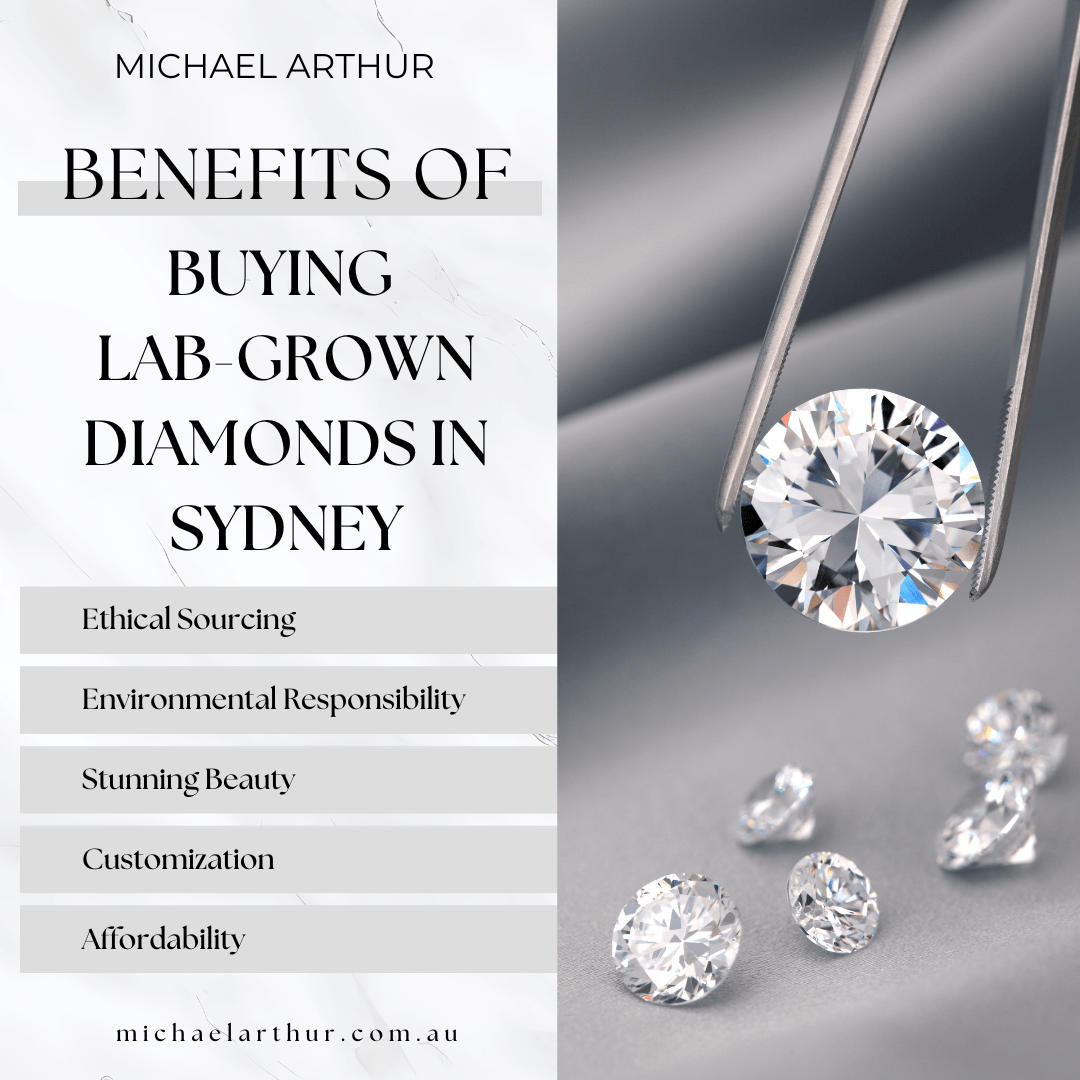Lab Grown Diamonds for Beginners
Not known Details About Lab Grown Diamonds
Table of ContentsExcitement About Lab Grown DiamondsIndicators on Lab Grown Diamonds You Need To KnowThe 30-Second Trick For Lab Grown DiamondsLab Grown Diamonds Fundamentals Explained
As you travel closer to the Earth's core, stress and temperature increase, which creates the ideal oven for carbon to be converted right into diamond (rubies are the only gemstone to be made from simply one element). Through an enormous volcanic eruption, these diamonds were transferred to the Earth's surface area. It's approximated this process was rather quick (more than likely over the program of a number of hours), which enabled the rubies to remain intact without melting.The short response: carat weights determine the mass of rocks, karats measure the purity of gold. Carat: 1 carat is equivalent to 0.2 grams, about the weight of a paperclip (next time you see a photo of Mariah Carey's 35 carat interaction ring, just envision the problem of bring 35 paper clips around your finger each day).

Right here are several of the crucial advantages of laboratory grown rubies and laboratory produced ruby jewellery:.
Lab Grown Diamonds - An Overview
Simply put, natural or earth-mined diamonds are crafted over millions of years below the Planet's crust from pure carbon integrated with stress and warm. Creating rubies in a laboratory calls for the exact same procedure, just fine-tuned to occur over a much smaller sized time frame in a far more controlled setting.
Whereas earth-mined rubies are unusual and limited and often tend to boost in rate over time, laboratory rubies are readily offered., like lab-grown diamond rings, they won't be an excellent fit for your needs.
They might think that the cons of lab-grown rubies exceed the pros. Some could say that, for this factor, purchasing a lab-made ruby additionally comes with its ethical factors to consider, as doing so takes earnings away from those entailed in the natural diamond market that may need it most.
Conventional diamonds depend on the Planet's conditions to determine their high quality or absence thereof. In a laboratory, manufacturers can directly manage a diamond's top quality.
What Does Lab Grown Diamonds Mean?
You can easily locate tinted, man-made rubies on the (fairly) economical side as well as specific cuts that would be costlier if you were going shopping for a mined ruby just. That rarely suggests it isn't worth safeguarding.
natural rubies is that the latter is mined from all-natural deposits in the Planet while the former is made in a laboratory using regulated setups. Their quality is greatly the same. While the difference between lab-grown and all-natural diamond choices are minimal when it involves quality, some of the downsides of lab-grown diamonds include the fact that the rock will depreciate with time and, to some, a lack of emotional worth that's visit usually connected with mined diamonds
The procedure entails very little land interruption and gets rid of problems associated with logging and environment damage. Lab-grown rubies are frequently a lot more inexpensive than all-natural rubies. This cost difference can be connected to the streamlined production you could look here process and the avoidance of costs related to standard mining. The Controlled Environment in Which Lab Grown Diamonds Are Developed Enables Regular Top Quality.
Versatility in Style - Laboratory Grown Diamonds Offer Designers and Customers a Versatile Scheme to Produce Special and Cutting-edge Jewelry Designs - Lab Grown Diamonds. Laboratory Diamonds Commonly Come with A More Transparent Supply Chain.
Excitement About Lab Grown Diamonds
Market Perception - Despite Their Similar Physical Properties, Laboratory Diamonds May Face Challenges in Market Perception. Some Customers Still Perceive Natural Diamonds as Having Greater Value and Status. The Production of Lab-Grown Diamonds Can Be Energy-Intensive, Specifically in Methods Like High Pressure High Temperature level (hpht) and Chemical Vapor Deposition (cvd).
All-natural Diamonds Are Created Over Millions of Years Deep Within the Earth, Contributing to Their Perceived Rarity. Lab-Grown Rubies, Despite Their Similar Quality, May Not Carry the Same Rarity Element, Impacting Their Regarded Value for Some Consumers. Impact on Diamond-Dependent Economic Situations - the Change In The Direction Of Laboratory Grown Diamonds Might Have Economic Ramifications for Nations and Areas that Rely On The Ruby Mining Market.

Ans. Laboratory Diamonds Are of Equal Quality to Natural Diamonds in Terms of Firmness, Radiance, and Clarity. the Quality of A Ruby, Whether Lab-Grown or Mined, Is Established by right here Its Cut, Color, Quality, and Carat Weight Weight. Ans. Yes, Laboratory Diamonds Sparkle Simply Like Natural Diamonds. Their Luster and Sparkle Are an Outcome of Their Cut and The Way Light Interacts with Their Aspects. Ans.